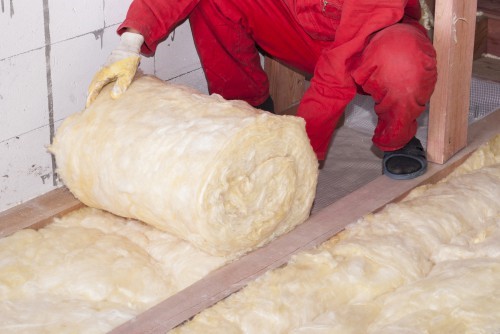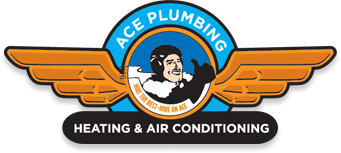Do I Have Enough Insulation?

You might be shocked to learn how much your insulation contributes to your home comfort, especially in the winter. The trouble is that not enough insulation could make it harder to heat or cool your home, and increase your energy bills. Here’s how to tell if you have enough insulation.
How Does Insulation Work?
You may think that the solid, firm structures of the home provide the primary barrier against summer heat and winter chill, but that is only a part of the equation. Insulation helps to block the process of heat transfer, which is the movement of heat from one side of a wall to another. The more insulation you have, the better your home will be at slowing heat transfer. Windows and doors are notable areas of energy inefficiency, since they cannot hold solid insulation like your walls can. Increasing your home’s insulation is one way to help improve your home’s overall efficiency.
Why Do Some Homes Have Insufficient Insulation?
In the past few decades, building codes have changed to ensure that new homes have the proper amount of insulation before they can be sold. If you have a home built in the 1960s or earlier, it may have inadequate insulation. The insulation in older homes may also add the problem of asbestos, which was a common insulation material through the 1970s. Avoid inspecting or removing the insulation in an older home without expert assistance, because asbestos fibers could cause significant health problems if inhaled. In newer homes, air leaks may also decrease the efficacy of the existing insulation.
What Kinds of Insulation Are There?
The good news is that, if you need to add insulation to your home, you may not need to remove the existing insulation. Common materials for insulation include fiberglass, mineral wool, cellulose and certain types of foam. The insulation could come in the form of solid blankets or batting, loose fill or even spray foam insulation. All insulation is measured in R-values, with higher numbers indicating denser insulation. Some kinds of insulation are designed specifically for new construction. Ask your Sacramento HVAC specialist about the types of insulation that are most appropriate for your home.
How Much Insulation Does My House Need?
The amount of insulation that you need in your home depends on the part of your home that requires additional insulation, as well as the climate zone you live in. Sacramento County is considered a Climate Zone 3. This means that the recommended R-values for this region are R30-R60 for all new insulation. If you are adding insulation, R25-R38 for the attic should be enough. Floor insulation in Zone 3 calls for R19-R25 insulation.
With adequate insulation for your home, you may find that your energy consumption goes down for the same level of comfort. Adding insulation is a wise investment in your home satisfaction and your resale value. To learn more about ensuring a pleasant, energy-efficient home, contact us at Ace Plumbing.



